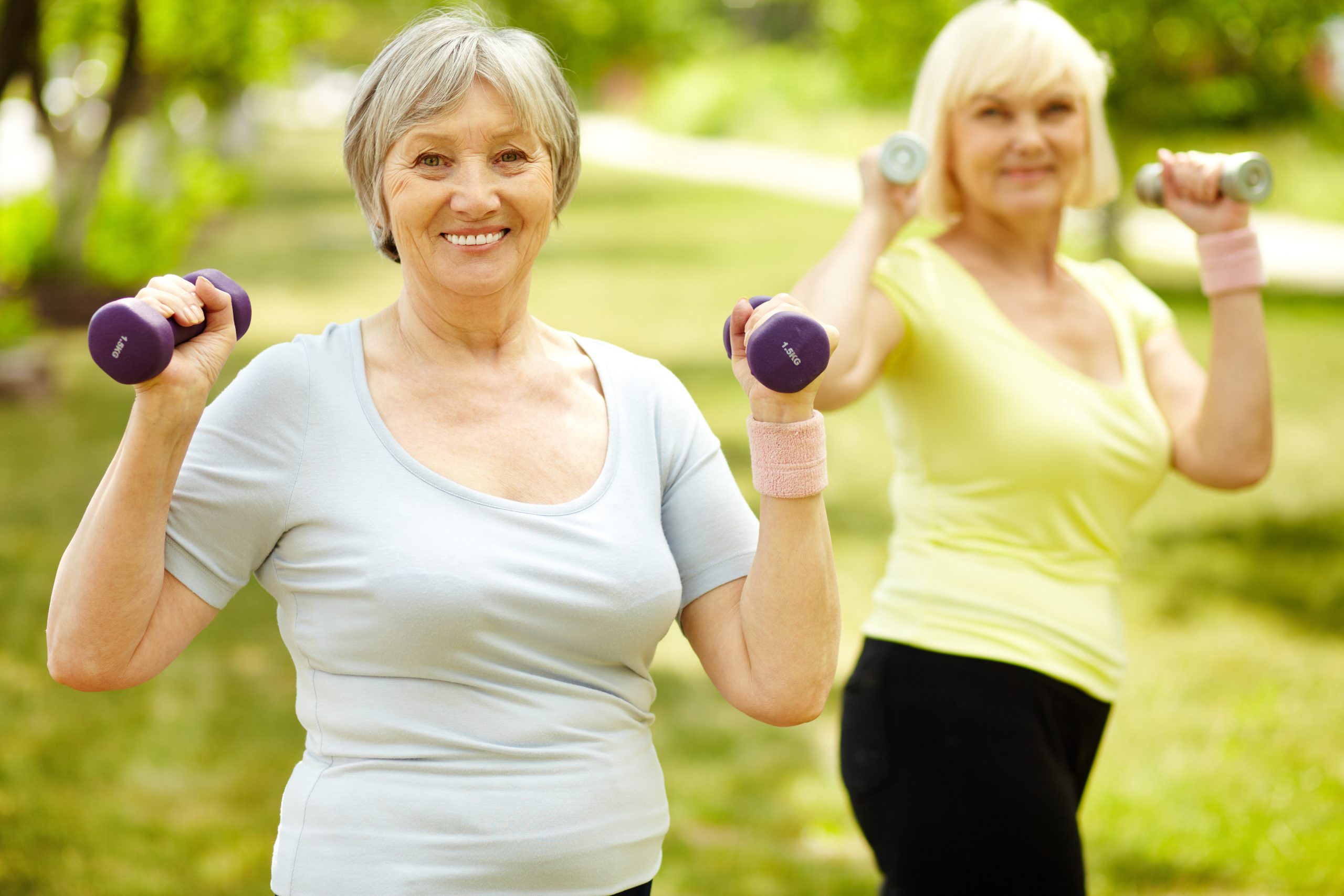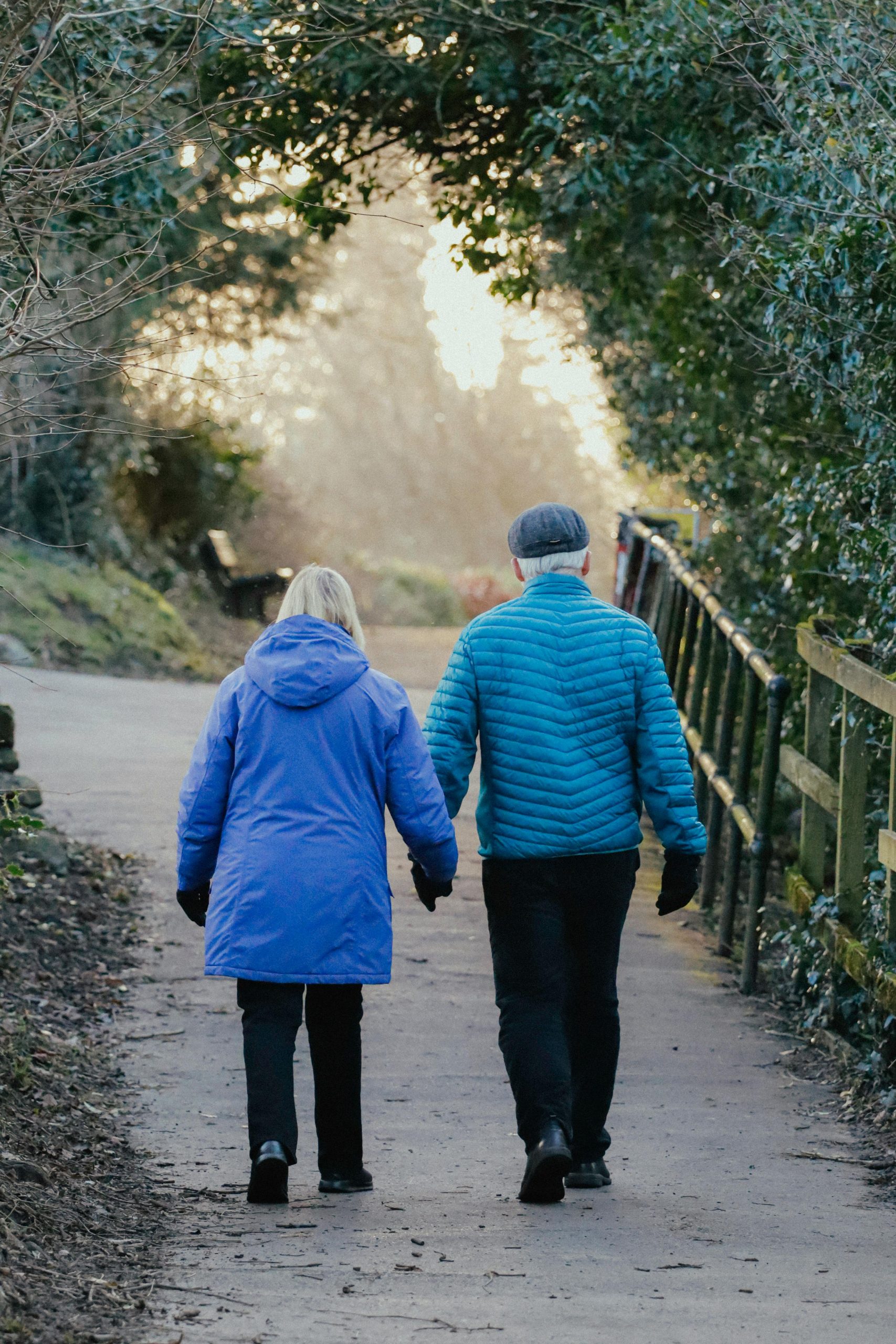1

Promoting Active Aging and Mobility
What is health? What does it mean to be healthy? How do we achieve health, stay active, age well?
These are some of the questions we will answer throughout this book. Everyone may answer these questions differently. We all have our own definition of health and wellness. And we know that falls are not a way to stay healthy. Falls do not fit the meaning of health. The United States has many health resources. Still people in the US are some of the least healthy. It is important to focus on promoting health, a person’s responsibility to be as healthy as possible and to stay active in a healthy lifestyle.
Photo by Oliver Morgan Media: https://www.pexels.com/photo/elderly-couple-walking-at-park-20127701/
Maintaining Mobility as One Ages
Many people worry about not being able to move around as well as they get older. They fear they won’t be able to continue their favorite activities, visit their favorite places, or even keep up with everyday tasks.
Mobility is defined as the ability to move or walk freely and easily. Mobility is critical for living independently. As we age, we may experience changes to our mobility. There are many reasons for this, including changes in gait (how we walk), balance, and physical strength. Various medications necessary for health may have side effects that limit our ability to stay independent. There are other physical changes such as visual changes, muscle strength and decreased sensation in our hands and feet. Some changes may occur in our living space like our home. These changes may be unintentional.
All of these facts can increase the potential for falls and make it harder for older adults to engage in social activities, and/or continue doing their activities of daily life independently. Older adults who lose their mobility are less likely to remain living at home, have higher rates of disease, and have poorer quality of life . This book has been created to assist individuals and communities to identify resources to assist with aging well.
While many falls do not result in injury, a potential injury from a fall can be serious. Broken bones are the most common injury related to falls. In fact, more than 95% of broken hips are caused by falling. Those who suffer from certain conditions that impact bones are more likely to have a fracture from a fall. Other chronic illnesses can increase your risk for a fall and increase your risk of serious injury from a fall. There are steps you can take to reduce your risk.
Steps You Can Take to Prevent Falls:
Exercise to increase your muscle strength and improve your balance.
Talk to a pharmacist, doctor, or health care provider if you start to feel sleepy, lightheaded, or dizzy, as these may be side effects of your medicines. This is especially important when you start a new medicine.
Make your home safer. You can improve lighting, install railings, and move frequently used objects to a place that’s easier to reach. Use the CDC’s Check for Safety brochure as a guide.
Get annual eye exams and update your glasses or contacts to maintain good vision.
Additional resources can be found in Appendix A: Resources for fall prevention.
The following scales will assist you on a personal level as you continue to stay active to maximize mobility and prevent falls.
Fall Prevention STEADI
Media Attributions
- 14589702095_6097ab9d46_w
- pexels-oliver-morgan-media-400577173-20127701

